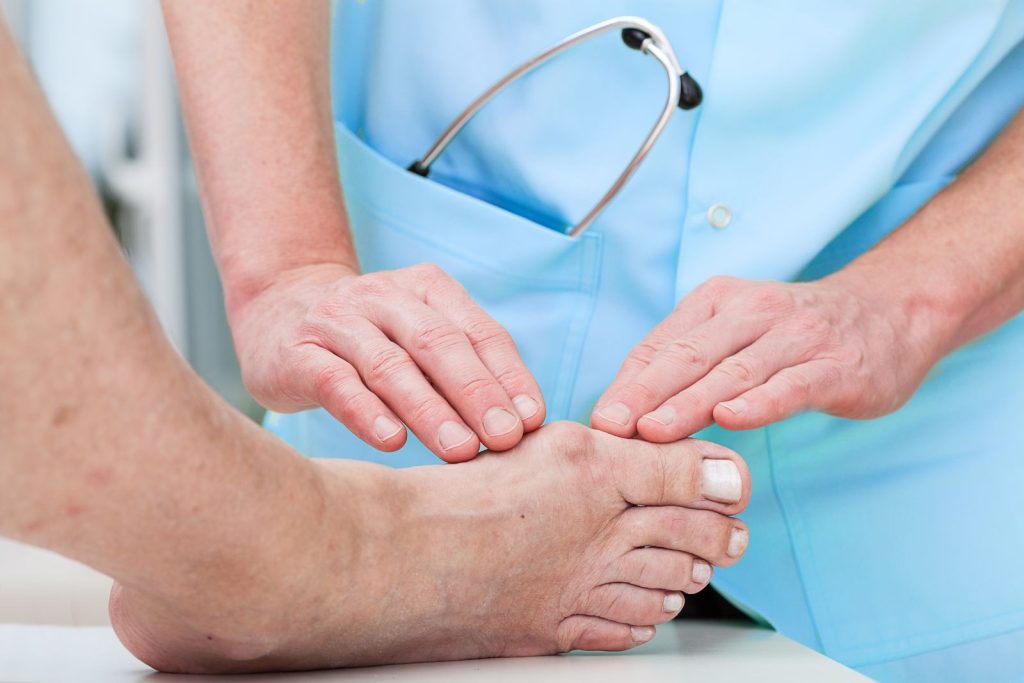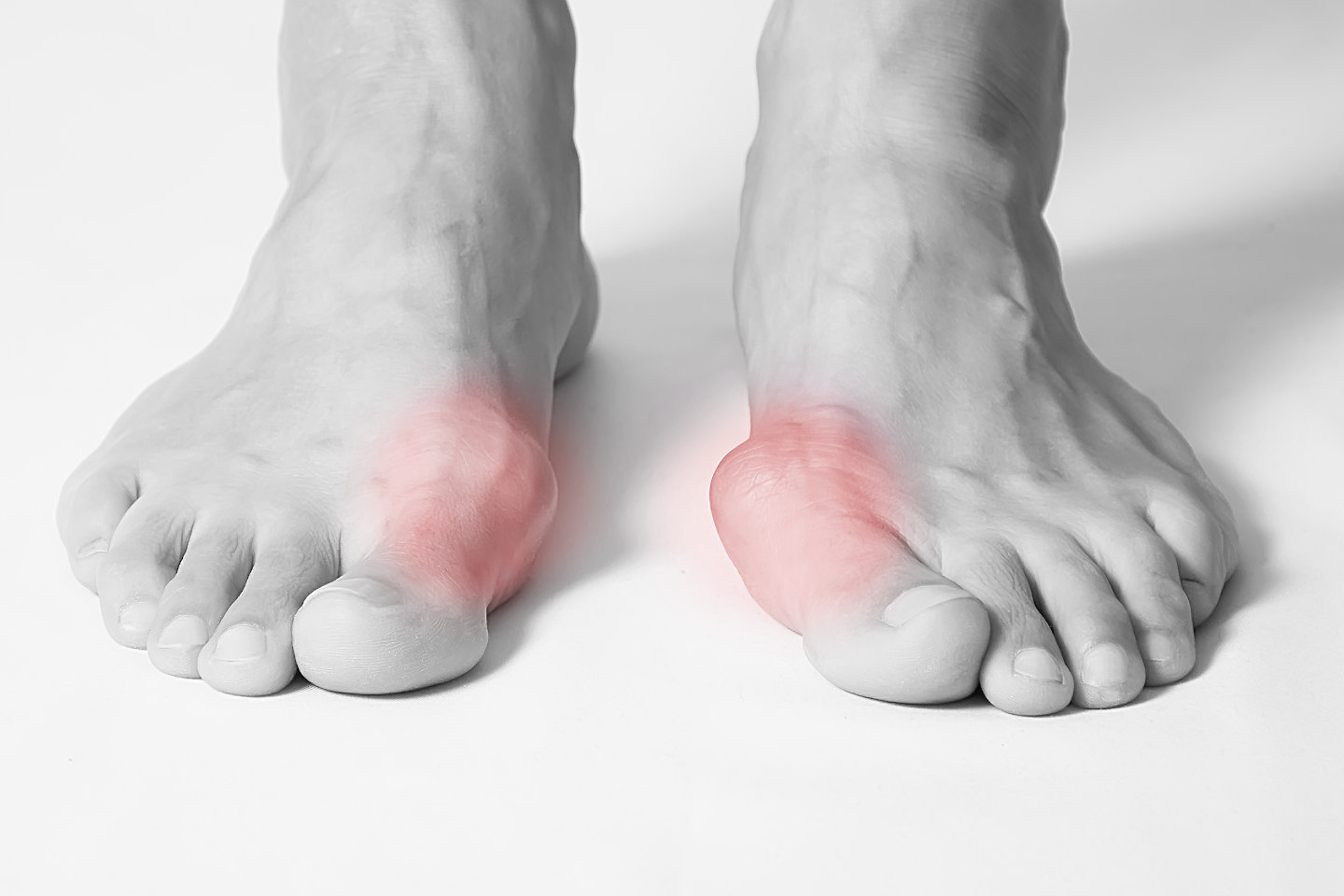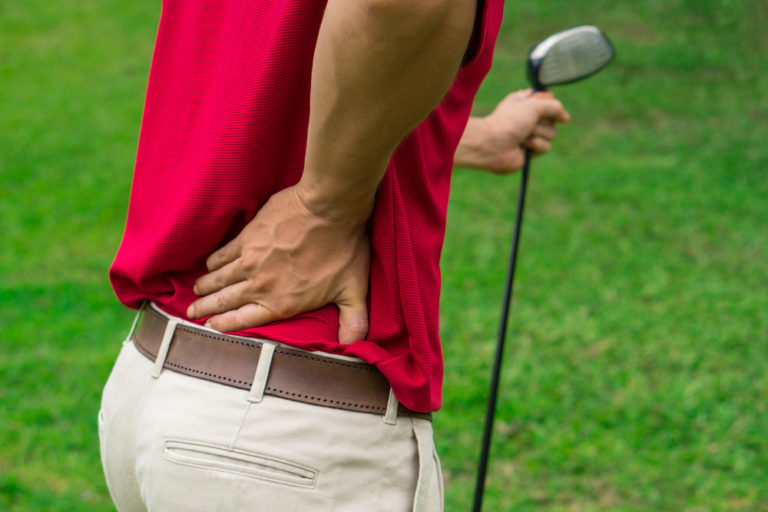Can Bunions Cause Sciatica: A Comprehensive Analysis
Introduction
Bunions, those painful and often unsightly bumps that form at the base of the big toe, have long been associated with discomfort and mobility issues. However, what many may not realize is that the impact of bunions extends beyond the foot itself. In recent discussions within the medical community, questions have arisen about the potential link between bunions and sciatica. Lets delve into the intriguing question: Can bunions cause sciatica?
Understanding Bunions
Before exploring the connection between bunions and sciatica, it’s essential to comprehend what bunions are and how they develop. A bunion is a bony bump that forms at the joint where the big toe meets the foot.
This deformity often results from the misalignment of the bones in the foot, leading to the protrusion of the joint. Factors such as genetics, improper footwear, and certain foot conditions contribute to the development of bunion.

Can Bunions Cause sciatica?
Bunions and Gait Alterations
The alignment of the foot plays a crucial role in the mechanics of walking or gait. When a bunion forms, it can disrupt the natural alignment, leading to changes in gait. As individuals with bunions alter their walking patterns to compensate for the deformity, they may inadvertently place uneven pressure on different parts of the foot, leg, and lower back.
Research Insight 1
A study published in the "Journal of Orthopaedic Research" in 2017 investigated the impact of foot posture on gait and found that alterations in foot structure can influence walking patterns, potentially contributing to musculoskeletal issues.
Muscle Imbalances and Compensatory Mechanisms
The development of a bunion can also lead to muscle imbalances within the foot and lower extremities. Altering foot’s structure may overwork or strain certain muscles, while disuse may lead to the weakening of others. This imbalance can extend beyond the foot, affecting muscles along the leg and potentially reaching the muscles surrounding the sciatic nerve.
Research Insight 2
A comprehensive review published in the "Journal of Biomechanics" in 2015 highlighted the intricate relationship between foot biomechanics and muscle function, emphasizing the potential impact on overall gait and posture.
Nerve Impingement and Sciatica
One of the mechanisms by which bunions may contribute to sciatica is through nerve impingement. As the bunion progresses, the misalignment and inflammation associated with the condition could lead to pressure on nerves not only within the foot but potentially extending to the sciatic nerve.
Research Insight 3
While direct studies on the relationship between bunions and sciatica are limited, a review in the "European Journal of Pain" (2019) discussed the concept of referred pain and how conditions affecting one part of the body, such as the foot, can influence pain perception in other areas.
Scientific Evidence and Studies
While the hypothesis of a connection between bunions and sciatica is intriguing, it’s crucial to note that scientific research on this specific topic is limited. The studies mentioned provide valuable insights into the potential mechanisms, but more comprehensive research is needed to establish a definitive link.
Conclusion
The potential connection between bunions and sciatica is an intriguing area of exploration within the medical community. While some evidence suggests a link, researchers need to conduct more studies to establish a clear cause-and-effect relationship.
Individuals experiencing symptoms of bunions or sciatica should seek professional medical advice to determine the most appropriate course of action for diagnosis and treatment.As the scientific community continues to investigate these connections, a better understanding of the complex interplay between foot conditions and nerve-related issues may emerge.
Frequently Asked Questions (FAQs)
Q1: Can bunions directly cause sciatica?
While the possibility exists, the current scientific evidence supporting a direct causal relationship between bunions and sciatica is limited. Further research is needed to establish a definitive link.
Q2: How are bunions typically treated?
Treatment options for bunions range from conservative measures, such as wearing orthotic inserts and proper footwear, to surgical intervention for severe cases. Consultation with a podiatrist can help determine the most appropriate course of action.
Q3: What are the common symptoms of sciatica?
Sciatica symptoms include pain, tingling, and numbness that radiate from the lower back through the buttock and into the leg. The severity and duration of symptoms can vary.
Q4: Are there risk factors for developing bunions and sciatica?
Genetics, improper footwear, and certain foot conditions are risk factors for developing bunions. Sciatica is often associated with age-related degenerative changes in the spine.







